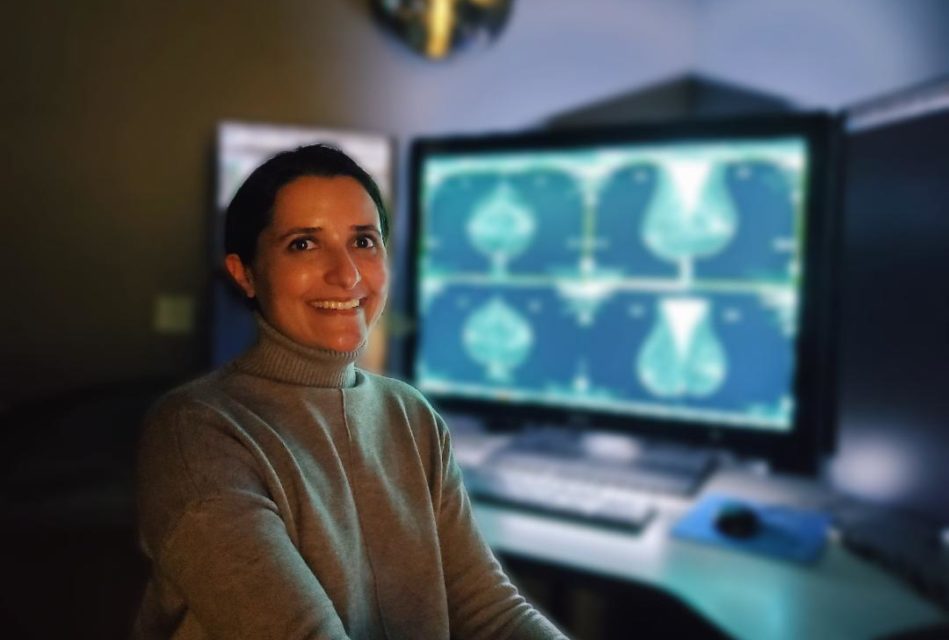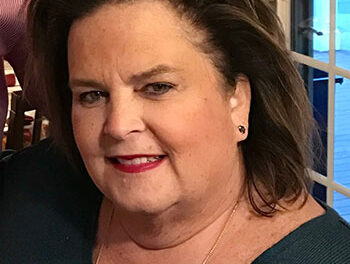MARIA KHALID
MELROSE — The Food and Drug Administration recently announced the implementation of guidelines calling for medical facilities performing mammograms to inform women if they have dense breast tissue.
The density of breast tissue varies from woman to woman and cannot be detected without a mammogram. “Many assume that breast density is something that you can feel. It does not correlate with the size, shape or feel of your breasts,” said Dr. Sam Nardello, Breast Surgeon at MelroseWakefield Hospital and Assistant Professor of Surgery at Tufts University School of Medicine. “Mammography is the only way that we can tell if a woman has dense breast tissue, which is a term used to describe the ratio of fibrous and glandular tissue compared to the amount of fatty tissue in the breast. This ratio can impact the accuracy with how a radiologist interprets the mammogram.”
“Breast tissue is categorized into four density levels – fatty, scattered, heterogeneously dense, or extremely dense,” said Dr. Maria Khalid, Director of Breast Imaging at MelroseWakefield Hospital and a partner at Commonwealth Radiology Associates. “Until now, being told that you fit into one of these four categories could cause some confusion. These new guidelines simplify things for the patient, requiring that they be told whether their breasts are dense or not dense.”
Massachusetts is one of 38 states that previously implemented regulations requiring facilities to report to women if their breast tissue is dense. These new regulations standardize and simplify the language and the information that must be disclosed. “The guidelines are a great step toward clarifying this information,” said Dr. Khalid. “But it is important to note that we have been doing this in Massachusetts for many years. The main difference now is that the language will further simplify the information for women.”
Having dense breast tissue can make it more challenging for doctors to interpret the mammogram and is also a risk factor for developing breast cancer. “I typically explain it as being similar to the difference between looking for a plane in the sky on a sunny day vs. a cloudy day,” said Dr. Nardello. “The good news is that knowledge is power, and if we know about the dense tissue, we can make adjustments in breast cancer screening recommendations based upon one’s family history, personal history, and breast density.”
“Once a woman is made aware that she has dense breast tissue, she should discuss her personal risk factors with her provider to determine whether she can benefit from supplemental screening with breast MRI,” said Dr. Khalid. “Each woman and each scenario is different and that is why it is so important to have this conversation with your doctor.”
“The bottom line is that annual screening mammography is essential to breast cancer screening and at MelroseWakefield Hospital, our four community-based imaging centers all use state-of-the-art 3D mammography equipment as the standard for all mammographic exams.”
“The takeaway message here remains the same as it has always been,” said Dr. Nardello. “Having dense breast tissue is normal, affecting nearly 50% of women. Be sure to have annual mammograms beginning at age 40, perform self exams monthly, exercise daily, limit alcohol, don’t smoke and if you have a family history, be sure to have the conversations with your doctor if any additional breast imaging is recommended.”
For more information visit https://www.melrosewakefield.org/services/imaging-and-radiology/mammography/





